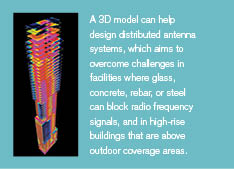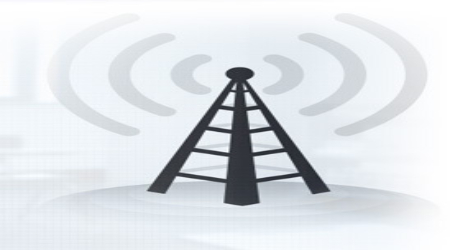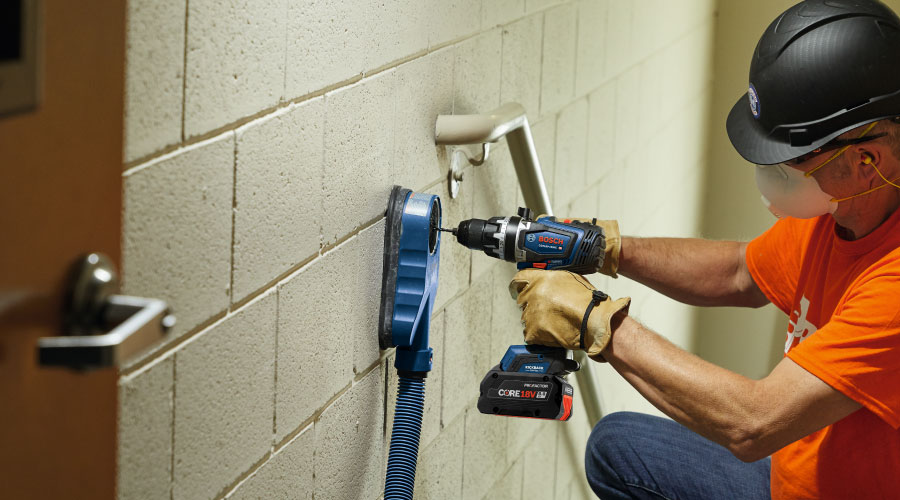Four Wireless Technologies Set Standard For Building Internet of Things Systems
First part of a two-part article on new wireless technologies for facility management.
Wireless communication is setting a new standard for Building Internet of Things (IoT) systems, offering clear advantages for building owners and facility managers. But it’s important to be clear about what, exactly, “wireless” means. Depending on a person’s age and profession, he or she may think it means “cellular” or “mobile” connectivity, “WiFi” connectivity, or even “two-way radio communication.” In fact, wireless communication means all of the above, and more.
There are several key components of today’s wireless Building IoT systems: distributed antenna systems for emergency responder radio coverage systems (ERRCS) and cellular systems; WiFi; and Bluetooth beacon technology. When well-designed and well-integrated, these elements make a facility smarter, advancing it toward the realization of Building IoT goals. (See our March cover story for more about the use of mobile devices for facility management.)
1. Distributed Antenna System: Emergency Communication
 The familiar firefighter’s phone jack has become a thing of the past as emergency response has increasingly required an interactive, multi-agency approach to situations ranging from accidental building fires to natural disasters to terrorist acts. In recognition of the associated communication challenges, the National Fire Protection Association (NFPA) issued updates to its emergency communications systems standards in NFPA 72, updates that have been widely adopted in the larger metropolitan areas and are now spreading across the country. The new codes require a wireless two-way radio communication system in any new buildings where the emergency responders’ radio systems cannot receive signals inside the facilities from their outdoor coverage antennas. These ERRCS are delivered over a distributed antenna system that needs to be designed and installed accommodating all the various radio frequencies that the emergency responders’ radio systems require to communicate. A distributed antenna system uses small antennas installed inside a building to improve signal strength and coverage.
The familiar firefighter’s phone jack has become a thing of the past as emergency response has increasingly required an interactive, multi-agency approach to situations ranging from accidental building fires to natural disasters to terrorist acts. In recognition of the associated communication challenges, the National Fire Protection Association (NFPA) issued updates to its emergency communications systems standards in NFPA 72, updates that have been widely adopted in the larger metropolitan areas and are now spreading across the country. The new codes require a wireless two-way radio communication system in any new buildings where the emergency responders’ radio systems cannot receive signals inside the facilities from their outdoor coverage antennas. These ERRCS are delivered over a distributed antenna system that needs to be designed and installed accommodating all the various radio frequencies that the emergency responders’ radio systems require to communicate. A distributed antenna system uses small antennas installed inside a building to improve signal strength and coverage.
An ERRCS distributed antenna system enables the various emergency responders (fire, police, department of Homeland Security, FBI, EMS, etc.) to use their two-way radios anywhere in the building.
Under the new codes, there are strict requirements for coverage throughout the building — in particular, critical locations such as stairwells, elevator shafts, and mechanical and electrical spaces — high-availability and high-reliability requirements for generator power and battery back-up power, and a requirement for retesting the system whenever a change is made.
Another strict requirement set by the new codes is pathway and spaces survivability for the cable routing and rooms where the systems are accommodated. This will have a particular architectural and structural impact on new building designs, which needs to be well understood early in the design process.
Whether or not an ERRCS distributed antenna system will be required as a result of a significant renovation to an existing building is likely to be dependent on the interpretation of the authority having jurisdiction (AHJ).
2. Distributed Antenna System: Cellular Communication
Today, distributed antenna systems are enhancing cellular systems by increasing mobility and improving coverage for building occupants, visitors, and facility staff alike. Installing a distributed antenna system is tantamount to building an internal cell tower that takes cell users off of the outside network. It is a key component of effective wireless communication in newer facilities that have energy-efficient glass that blocks radio frequency signals, in high-rise buildings that are above the outdoor coverage areas, and in older buildings constructed using signal-blocking concrete and rebar or steel.
There are various business models for installation and service of a distributed antenna system. In most cases, a telecommunication service provider builds and owns the distributed antenna system and provides a service contract to the building owner, or another third party builds the system and leases it to one or more telecommunication service providers. Occasionally, an owner builds a distributed antenna system and contracts for telecommunication service with one or more providers.
Typically the ERRCS and cellular distributed antenna system are deployed as two independent installations because of strict code-driven pathway requirements for ERRCS cabling and conduits, as well as the retesting requirement for the ERRCS distributed antenna system in case of changes being made.
Related Topics:









 The familiar firefighter’s phone jack has become a thing of the past as emergency response has increasingly required an interactive, multi-agency approach to situations ranging from accidental building fires to natural disasters to terrorist acts. In recognition of the associated communication challenges, the
The familiar firefighter’s phone jack has become a thing of the past as emergency response has increasingly required an interactive, multi-agency approach to situations ranging from accidental building fires to natural disasters to terrorist acts. In recognition of the associated communication challenges, the 



